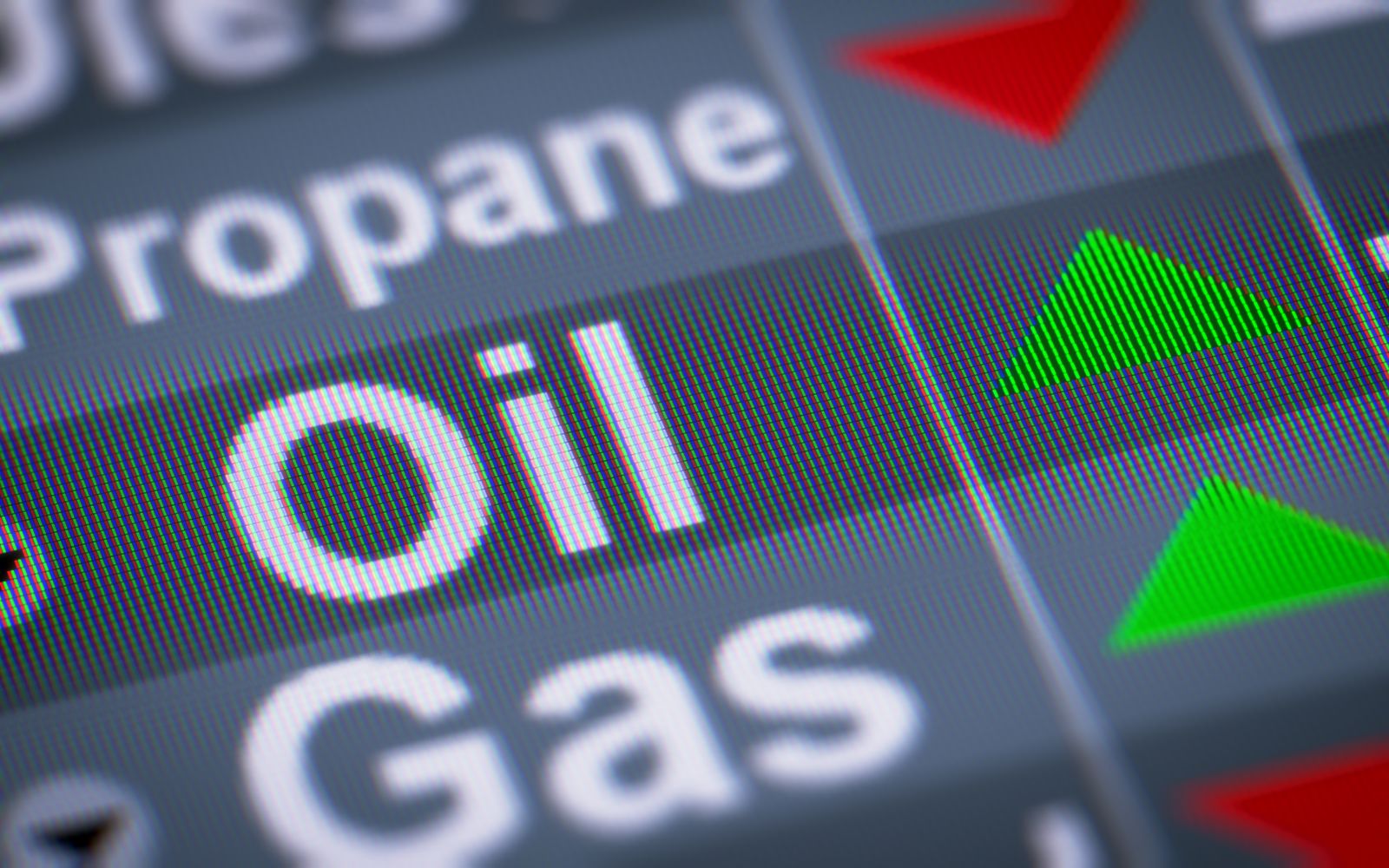Crude Oil and Gasoline

While the world embraces alternative and renewable energy sources and seeks to reduce its carbon footprint, crude oil and gasoline continue to be the traditional fuels that power people’s lives. In 2022, WTI and Brent crude oil futures rose to the highest level since 2008, and gasoline to a record peak. Oil futures are around $80 per barrel in early 2023, and gasoline prices are at the $2.50 per gallon wholesale level. After significant declines, prices remain at multi-year highs, and the odds continue to favor the upside in the current environment.
WTI and Brent crude oil corrected but appear to have found temporary bottoms
Nearby NYMEX crude oil futures rose to $130.50 per barrel in March 2022, the highest price since 2008, reaching a record $147.27 high.

The chart highlights WTI crude oil futures made lower highs and lower lows since March 2022, reaching $70.08 per barrel in early December. The March contract was at the $81.64 per barrel level on January 20.

Brent crude oil futures rose to $139.13 per barrel in March 2022. In 2008, Brent’s all-time high was $147.50. Since the March high, Brent futures have made lower highs and lower lows, falling to $75.64 per barrel in early December. At $87.63 on January 20, Brent futures have recovered over the past weeks.
Gasoline fell to a low during the offseason for demand
Nearby NYMEX gasoline futures rose to a record $4.3260 per gallon wholesale at the peak of the 2022 driving season in June 2022.

The chart shows the correction to a $2.0204 low in December 2022 during the heart of the offseason for demand. At over the $2.65 level on January 20, gasoline futures recovered.
Meanwhile, the gasoline crack spread that measures the margin for refining a barrel of crude oil into gasoline rose to an all-time $61.95 high in June 2022. After plunging to $10.65 in September 2022, the gasoline processing spread was around the $29.33 per barrel level on January 20, 2023.
U.S. SPR sales weighed on crude oil, but OPEC production supported prices
The war in Ukraine caused supply concerns in the traditional energy markets and pushed crude oil and oil products to multi-year or all-time highs in 2022. Since Russia is a leading oil-producing country, sanctions on Moscow and Russian retaliation caused oil to become an economic weapon against “unfriendly” countries supporting Ukraine. Russia’s position as the most influential non-member of the international oil cartel caused OPEC to ignore U.S. requests for increased production. Moreover, the U.S. energy policy that inhibits fossil fuel production and consumption in favor of alternative and renewable fuels contributed to the rise of petroleum and product prices last year.
The Biden administration released unprecedented crude oil from the U.S. Strategic Petroleum Reserve. The SPR sales pushed oil prices lower even though OPEC cut production in 2022. After selling over 180 million barrels from the U.S. SPR at an average of $96 per barrel, the U.S. Energy Department said it would repurchase the barrels at the $70 level or lower. NYMEX futures fell to $70.08 on the most recent low before recovering to the $70 level in late January.
OPEC cited the rising potential of a U.S. recession and economic weakness in China as reasons for its decision to cut production. However, Russian influence likely contributed to the cuts. After suffering for years from increasing U.S. shale output, the cartel members have kept the oil price at high levels. Moreover, oil revenues have become critical for Russian funding of the ongoing conflict in Ukraine.
China could emerge from COVID-19 protocols as a massive buyer of the energy commodity
China is the world’s most populous country with the second-leading global economy. In early 2022, the “no-limits” alliance between China and Russia created a bifurcation between the world’s nuclear powers.
In 2022, COVID-19 lockdowns in China caused its economy to decline. The weakness caused a decrease in petroleum demand.
In 2023, China is emerging from the COVID-19 protocols and has recently allowed its citizens to travel internationally. As the Chinese economy recovers, the demand for crude oil, energy, and other raw materials will likely increase. China is the demand side of most commodities’ fundamental equations. As economic activity picks up, we can see the demand for crude oil soar.
Three factors that support higher oil and oil product prices in 2023
In late January 2023, three factors support higher crude oil and oil product prices:
- The ongoing war in Ukraine and geopolitical bifurcation will likely cause supply concerns to continue over the coming months.
- Seasonality as the 2023 driving season approaches supports higher gasoline and oil prices over the coming months.
- The U.S. energy policy under the Biden administration will continue to support alternative and renewable fuel sources and consumption and inhibit oil and gas drilling and fracking. The U.S. energy policy makes the world’s top economy more dependent on foreign oil sources and has transferred some of the pricing power to OPEC.
Meanwhile, crude oil prices stopped falling at the $70 per barrel level, the price where the U.S. stated it would begin to replace its depleted SPR that has declined to the lowest level since December 1983.
Crude oil and gasoline prices have significantly declined from the 2022 highs, and markets reflect the economic and geopolitical landscapes, supporting higher oil prices in 2023. While crude oil and gasoline are not likely to return to the 2022 highs, prices above $100 per barrel and $3 per gallon wholesale are possible over the coming months.

Δεν υπάρχουν σχόλια:
Δημοσίευση σχολίου